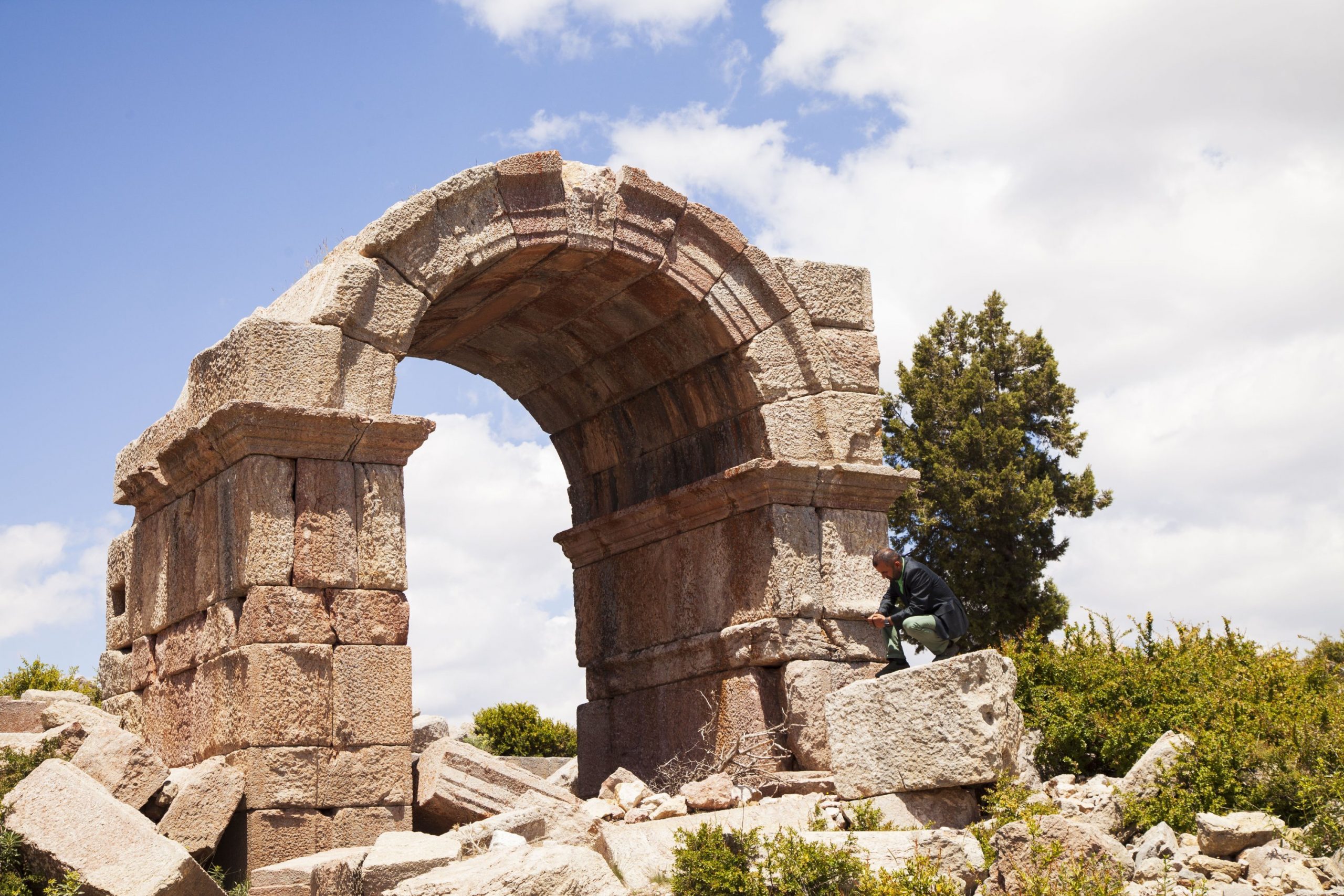Ancient City Of Isaura And Zengibar Castle Used By The Hittites, Persians, And Romans
Conny Waters - AncientPages.com - The ancient city of Isaura - inhabited by 10,000 people during the Roman period - is home to the Zengibar Castle, which was built at a strategic point, at an altitude of 1,850 meters (6,070 feet) in the Taurus Mountains.
The ruins of Isaura - located in the Central Anatolian province of Konya, Turkey - include impressive walls, bastions, theater, a triumphal arch, and rock tombs. Isaura was once a Roman and Byzantine era town in southern Turkey.
The ancient Isaura is described as the "Ephesus of Konya," and holds the potential of becoming a prime site for local and foreign visitors once more of its historical riches are unearthed, writes Daily Sabah.
The ancient city of Isaura, estimated to have been built in the Byzantine era some 2,000 years ago, is located 16 kilometers away from the Konya city center on an 1860-meter-high hill.
The Zengibar Castle in the ancient city surrounded by steep cliffs overlooks Konya and the Taurus mountains, and the fortress was used by the Hittites, Persians, and Romans, located in the ancient region of Lycaonia. The castle is one of the most important examples of Roman stonemasonry.
The stones used in the construction of the castle's 3.5-meter-thick fortifications were brought from the stone quarry at the summit of the mountain. However, it still remains a mystery of how the massive, rectangular stones were cut to millimetric perfection thousands of years ago.
One part of its wall and bastions, which surrounded the ancient city of Isaura, still stands and will be a great attraction for tourists. A 4-meter-high gate topped by an arch welcomes visitors.
The gate was constructed between two towers, one of which has been completely destroyed, in a pentagonal and hexagonal architectural structure to the south of the castle.
The ruins have much more to offer in the form of the basilica and the triumphal arch. The basilica is the largest building in the city and was later used as a church. Some of the stones in the city feature many stone rubbings of images such as wreaths, helmets, knee pads, swords, shields, and arrows.
Hacılar neighborhood headman Hüseyin Bardakçı said that despite the destruction the ancient city has gone through, most of the castle ramparts and churches have survived until recently.
Bardakçı said tourists coming to the ancient city want Isaura to be completely unearthed. “First of all, archaeological excavation must be carried out here. The region can be an important destination with its magnificent structures unearthed. The ancient city can attract more visitors," he said.
Written by Conny Waters - AncientPages.com Staff Writer
More From Ancient Pages
-
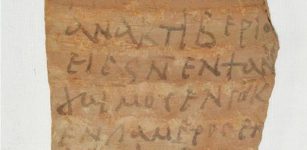 Rare Discovery Of More Than 18,000 Inscribed Pot Sherds Document Life In Ancient Egypt
Archaeology | Jan 31, 2022
Rare Discovery Of More Than 18,000 Inscribed Pot Sherds Document Life In Ancient Egypt
Archaeology | Jan 31, 2022 -
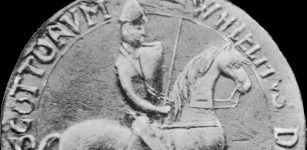 On This Day In History: William I ‘The Lion’ Was Crowned At Scone – On Dec 24, 1165
News | Dec 24, 2016
On This Day In History: William I ‘The Lion’ Was Crowned At Scone – On Dec 24, 1165
News | Dec 24, 2016 -
 Mysterious Death Of 20 Celts Who Died 2,000 Years Ago In The Three Lakes, Switzerland – Re-Examined
Archaeology | Jun 17, 2024
Mysterious Death Of 20 Celts Who Died 2,000 Years Ago In The Three Lakes, Switzerland – Re-Examined
Archaeology | Jun 17, 2024 -
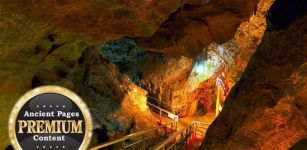 Strange Cave Drawings Of Unknown Beings And Animals In Japan Puzzle Historians
Ancient Mysteries | Dec 2, 2019
Strange Cave Drawings Of Unknown Beings And Animals In Japan Puzzle Historians
Ancient Mysteries | Dec 2, 2019 -
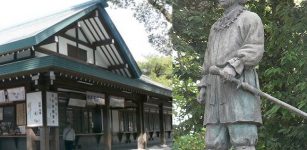 Mystery Of The Kusanagi Treasure: The Legendary Sword
Artifacts | Feb 8, 2016
Mystery Of The Kusanagi Treasure: The Legendary Sword
Artifacts | Feb 8, 2016 -
 Jure Grando – First ‘Real’ Historical Vampire Case Documented
Featured Stories | Jun 16, 2021
Jure Grando – First ‘Real’ Historical Vampire Case Documented
Featured Stories | Jun 16, 2021 -
 Saptarishi – Seven Sages Who Guided Humanity During Four Great Ages
Featured Stories | Apr 2, 2019
Saptarishi – Seven Sages Who Guided Humanity During Four Great Ages
Featured Stories | Apr 2, 2019 -
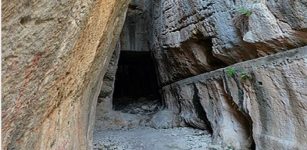 Spectacular Vespasianus Titus Tunnel – An Ancient Roman Engineering Marvel
Ancient Technology | Aug 30, 2018
Spectacular Vespasianus Titus Tunnel – An Ancient Roman Engineering Marvel
Ancient Technology | Aug 30, 2018 -
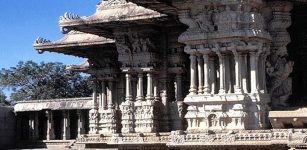 Vijayanagara – ‘City Of Devas – Shining Ones’ – Place Where Mythology And History Coexist
Civilizations | Jun 21, 2015
Vijayanagara – ‘City Of Devas – Shining Ones’ – Place Where Mythology And History Coexist
Civilizations | Jun 21, 2015 -
 On This Day In History: Gerardus Mercator Famous Mapmaker Of All Time Died – On Dec 2, 1594
News | Dec 2, 2016
On This Day In History: Gerardus Mercator Famous Mapmaker Of All Time Died – On Dec 2, 1594
News | Dec 2, 2016 -
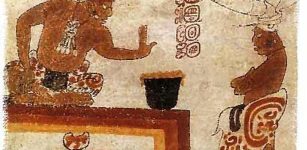 Ancient Maya Sacred Groves Of Cacao Trees – Located
Archaeology | Jan 31, 2022
Ancient Maya Sacred Groves Of Cacao Trees – Located
Archaeology | Jan 31, 2022 -
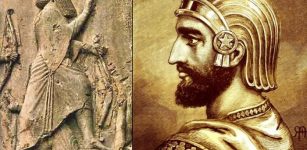 Murder Of Bardiya: Son Of Cyrus The Great And The Riddle Of The Impostor
Historical Figures | Dec 7, 2018
Murder Of Bardiya: Son Of Cyrus The Great And The Riddle Of The Impostor
Historical Figures | Dec 7, 2018 -
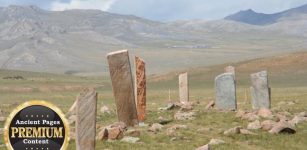 Mysterious Standing Deer Stones Of Mongolia -Their Purpose And Creators Remain Unknown
Ancient Mysteries | Jun 18, 2014
Mysterious Standing Deer Stones Of Mongolia -Their Purpose And Creators Remain Unknown
Ancient Mysteries | Jun 18, 2014 -
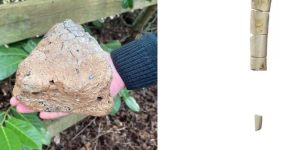 Evidence Of Millennia-Old Textile Manufacture And Rare Ancient Eagle-Bone Pin Discovered In Oxfordshire
Archaeology | Jun 13, 2023
Evidence Of Millennia-Old Textile Manufacture And Rare Ancient Eagle-Bone Pin Discovered In Oxfordshire
Archaeology | Jun 13, 2023 -
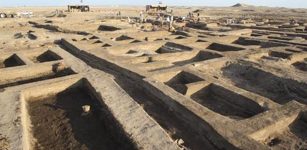 Remains of Santorini Volcanic Eruption Discovered West Of Suez Canal
Archaeology | Jan 3, 2016
Remains of Santorini Volcanic Eruption Discovered West Of Suez Canal
Archaeology | Jan 3, 2016 -
 The First Australians Ate Giant Eggs Of Huge Flightless Birds That Went Excinct Over 47,000 Years Ago
Archaeology | May 25, 2022
The First Australians Ate Giant Eggs Of Huge Flightless Birds That Went Excinct Over 47,000 Years Ago
Archaeology | May 25, 2022 -
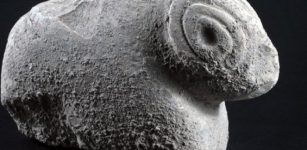 Two Stone Age 9,500-Year-Old Artifacts Unearthed In Tel Motza
Archaeology | Sep 3, 2012
Two Stone Age 9,500-Year-Old Artifacts Unearthed In Tel Motza
Archaeology | Sep 3, 2012 -
 Long-Standing Mystery Of What May Have Triggered Ice Age Solved – New Study
Archaeology | Jun 24, 2022
Long-Standing Mystery Of What May Have Triggered Ice Age Solved – New Study
Archaeology | Jun 24, 2022 -
 Unsolved Ancient Mystery Of Lost Pre-Olmec Civilization – Evidence Of Advanced Scientific Knowledge That Could Re-Write History
Ancient Mysteries | Jul 16, 2018
Unsolved Ancient Mystery Of Lost Pre-Olmec Civilization – Evidence Of Advanced Scientific Knowledge That Could Re-Write History
Ancient Mysteries | Jul 16, 2018 -
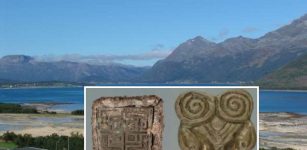 Unexpected Discovery Of Viking Trading Place In Norway Re-Writes History
Archaeology | Jul 22, 2020
Unexpected Discovery Of Viking Trading Place In Norway Re-Writes History
Archaeology | Jul 22, 2020


